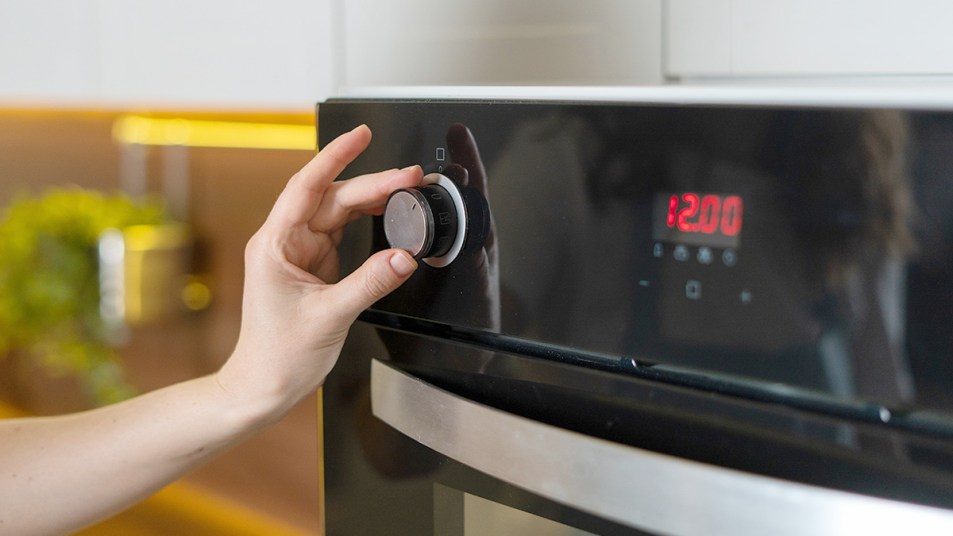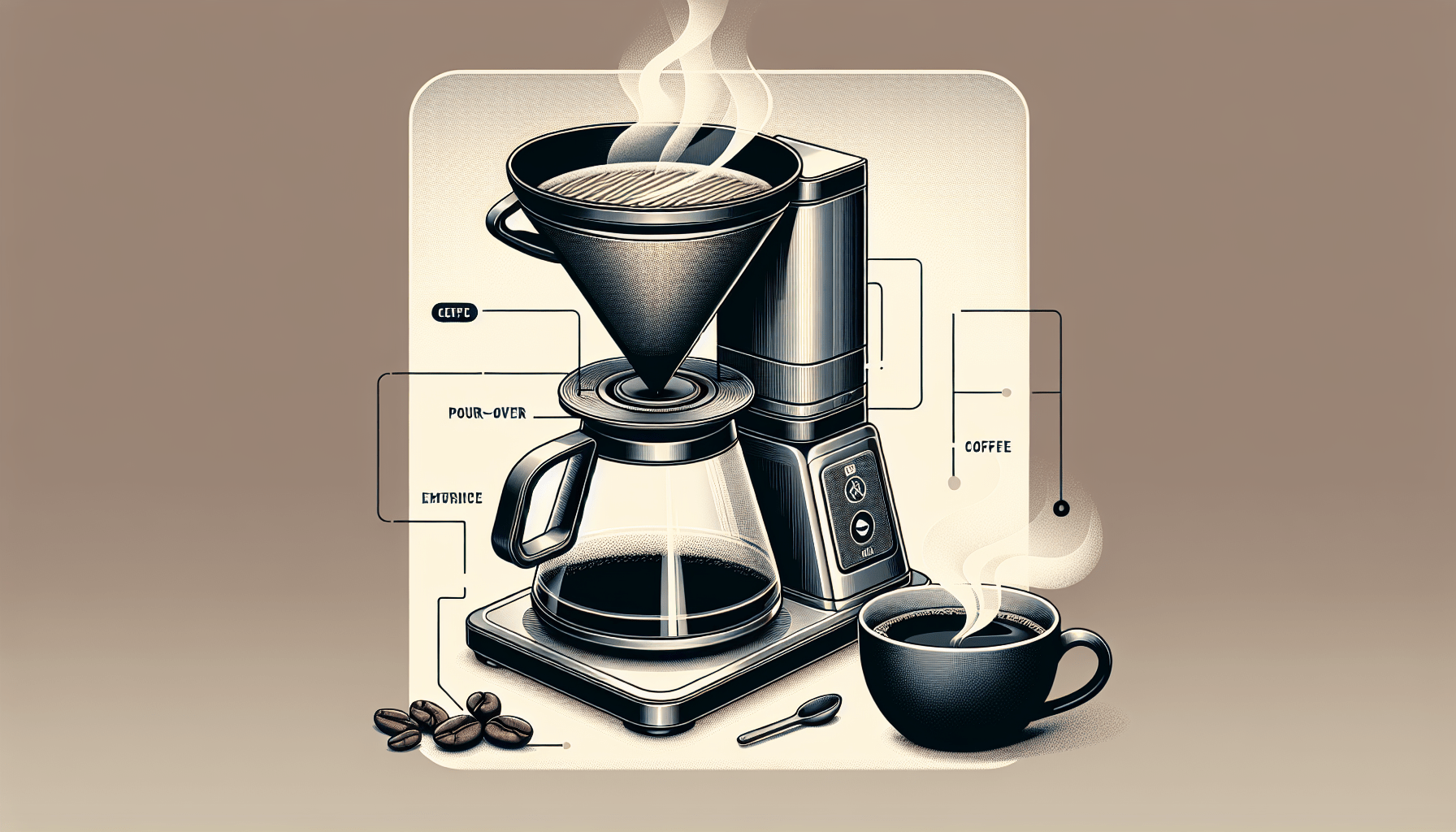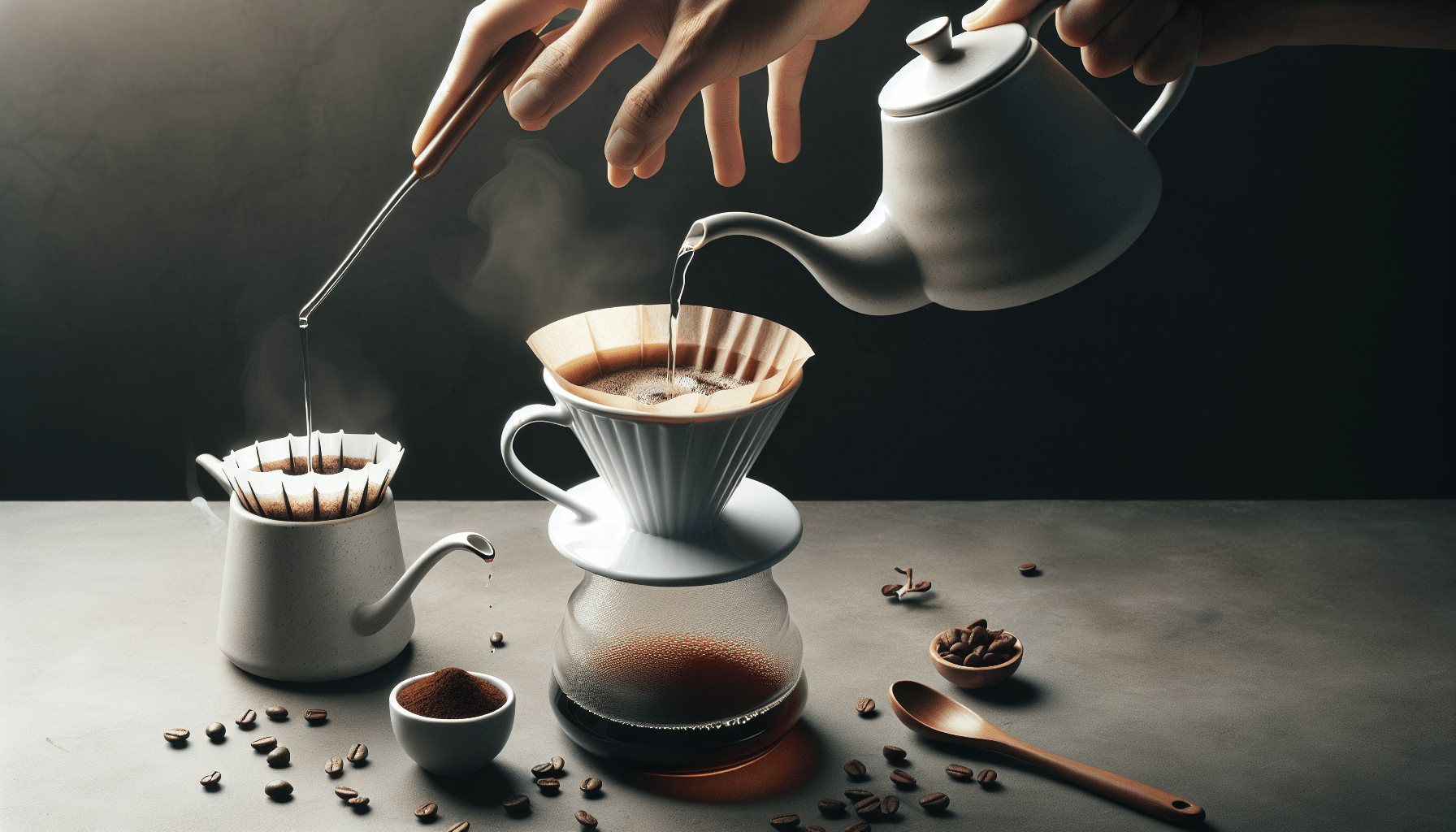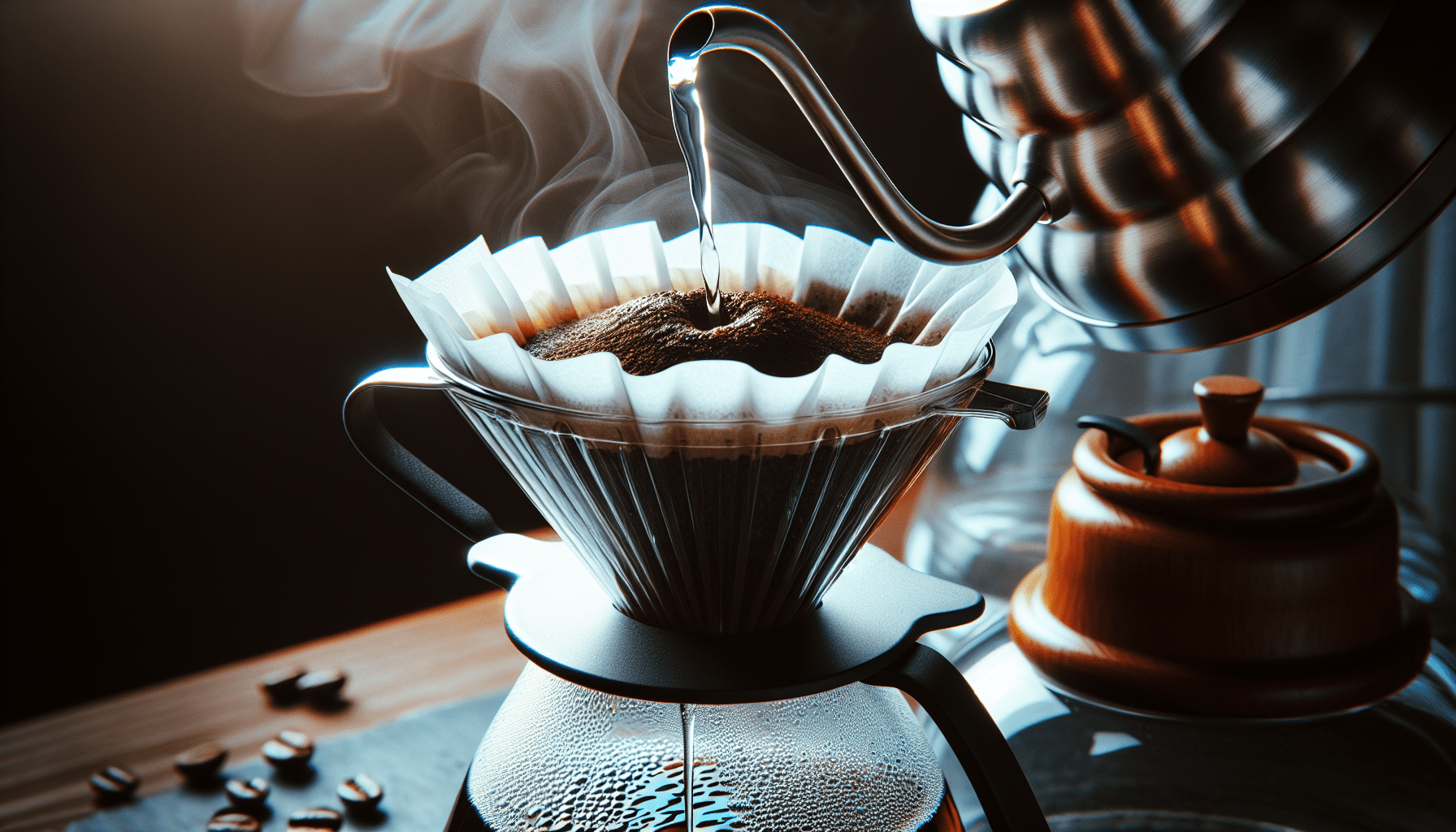If you’re a coffee lover who enjoys the rich aroma of freshly brewed coffee, you may have wondered whether preheating your pour-over coffee maker is necessary. While it may seem like an inconsequential step in the brewing process, preheating the pour-over coffee maker can actually make a significant difference in the quality of your coffee. In this article, we will explore the reasons why preheating is essential, how it affects the extraction process, and the simple steps you can take to ensure the perfect cup of coffee every time. So, let’s dive into the world of preheating and discover the secret to brewing the best pour-over coffee.
Why preheating is important
Preheating your pour-over coffee maker before brewing is crucial for several reasons. It enhances the extraction of flavors from the coffee grounds, maintains an optimal brewing temperature, and prevents heat loss during the brewing process. By preheating your coffee maker, you can ensure that you’re getting the best possible cup of coffee every time.
Enhances extraction
When you preheat your pour-over coffee maker, you create a warm environment that allows for better extraction of flavors from the coffee grounds. The heat helps to open up the flavors and aromas, resulting in a more robust and flavorful brew. Without preheating, you may end up with under-extracted coffee, lacking the full range of flavors that the beans have to offer.
Maintains optimal temperature
Coffee brewing is a delicate process that requires precise temperature control. Preheating your pour-over coffee maker helps to maintain a consistent temperature throughout the brewing process. When the coffee grounds come into contact with hot water, they release various compounds that contribute to the flavor and aroma of the final cup. By preheating, you ensure that the water stays at the ideal temperature range, typically between 195-205°F (90-96°C), for proper extraction.
Prevents heat loss
One of the main reasons for preheating your pour-over coffee maker is to prevent heat loss. When you add hot water to a cold coffee maker, the temperature drops rapidly, leading to uneven extraction and a less than optimal brewing experience. By preheating your coffee maker, you create a thermal barrier that prevents excessive heat loss during the brewing process. This allows for a more controlled extraction and a better-tasting cup of coffee.
Factors to consider
Before diving into the benefits and methods of preheating your pour-over coffee maker, it’s important to consider a few factors that may influence your approach. These factors include the type of coffee maker you have, the material it’s made from, and the size of the coffee maker.
Type of coffee maker
The type of pour-over coffee maker you have will determine how you go about preheating it. Some coffee makers, such as ceramic or glass ones, may require a longer preheating time compared to metal or insulated models. Additionally, certain coffee makers may have specific preheating instructions provided by the manufacturer, so it’s always a good idea to consult the user manual or guidelines.
Material of the coffee maker
The material of your pour-over coffee maker plays a role in how efficiently it retains heat. Ceramic and glass coffee makers tend to lose heat more quickly, requiring longer preheating times. On the other hand, metal or insulated coffee makers may retain heat better, requiring less preheating time. Understanding the heat-retention properties of your coffee maker’s material will help you determine the most effective preheating method.
Size of the coffee maker
The size of your pour-over coffee maker also impacts how long it takes to preheat. Larger coffee makers will naturally require more time and hot water to reach the desired temperature. Conversely, smaller coffee makers may heat up more quickly. Considering the size of your coffee maker can help you plan your preheating process more effectively.
Benefits of preheating the pour-over coffee maker
Now that we understand why preheating is important and the factors to consider, let’s delve into the specific benefits preheating offers for your pour-over coffee brewing.
Improved flavor
Preheating your pour-over coffee maker can significantly enhance the flavor of your coffee. By starting with a warm coffee maker, you promote better extraction of flavors from the coffee grounds, resulting in a richer and more complex taste profile. It allows the coffee oils and compounds to be extracted more efficiently, giving you a more enjoyable and flavorful cup of coffee.
Consistent brewing results
Consistency is key when it comes to brewing coffee. Preheating your pour-over coffee maker helps to maintain a consistent brewing temperature throughout the process. This consistent temperature ensures that each cup of coffee you make turns out as delicious as the last. When the brewing temperature fluctuates, it can lead to uneven extraction and varying flavor profiles. Preheating eliminates this variability and allows you to enjoy a consistently great cup of coffee every time.
Faster brewing time
Preheating your coffee maker can actually speed up the brewing process. By starting with a warm coffee maker, the water temperature doesn’t drop as significantly when it comes into contact with the coffee grounds. This means that the brewing time can be shorter, resulting in a quicker cup of coffee. If you’re often in a rush in the mornings, preheating your pour-over coffee maker can shave off precious minutes.
Methods for preheating the pour-over coffee maker
Now that we’ve established the benefits of preheating your pour-over coffee maker, let’s explore different methods you can use to achieve optimal preheating.
Using hot water
The most straightforward method for preheating your pour-over coffee maker is to use hot water. Start by boiling water in a kettle or a pot. Once the water is heated, pour a small amount into your coffee maker, swirling it around to thoroughly heat the surfaces. After a minute or two, discard the water, and your coffee maker will be ready for brewing. This method is simple, effective, and accessible, making it a popular choice among coffee enthusiasts.
Using a heat source
Another method for preheating your pour-over coffee maker is to use a direct heat source. For example, if you have a metal coffee maker, you can place it on a stovetop burner set to low heat for a short period. This will warm up the coffee maker’s material, ensuring a proper preheating before brewing. Be sure to monitor the temperature and remove the coffee maker from the heat source once it reaches the desired warmth.
Using a preheating tray
Some pour-over coffee makers come with preheating trays specifically designed to warm up the coffee maker. These trays are often made of materials like aluminum or stainless steel, which have excellent heat retention properties. Simply place your coffee maker on the preheating tray for a few minutes before brewing, and it will help maintain the optimal brewing temperature. This method is convenient and ensures consistent preheating every time.
Tips for efficient preheating
To make the most out of your preheating process, here are some helpful tips to ensure efficiency and maximize the flavor of your pour-over coffee.
Boiling water in advance
To save time and streamline your morning routine, consider boiling water in advance. This way, you can have hot water readily available for preheating your coffee maker. Whether you choose to use hot water or a heat source for preheating, having boiling water at the ready will speed up the process and ensure that your coffee maker reaches the optimal temperature faster.
Preheating the brewing vessel
In addition to preheating your coffee maker, it’s also beneficial to preheat the brewing vessel. If you’re using a separate carafe or decanter to catch the brewed coffee, warming it up before brewing can help maintain the optimal brewing temperature for longer. Preheating the brewing vessel ensures that the coffee stays hot as it drips through the filter, resulting in a more enjoyable and satisfying cup of coffee.
Covering the coffee maker
While preheating your pour-over coffee maker, consider covering it to trap the heat and prevent unnecessary heat loss. If your coffee maker has a lid, use it during the preheating process. If your coffee maker doesn’t have a lid, you can cover it with a clean towel or a makeshift cover to retain the heat. By keeping the heat contained, you ensure that your pour-over coffee maker stays warm, allowing for optimal extraction and flavor development.
Preheating alternatives
While preheating your pour-over coffee maker is highly recommended, there are a few alternative approaches you can take if time or resources are limited.
Skipping preheating
In some cases, you may need to skip the preheating process altogether. If you’re in a rush or don’t have access to hot water or a heat source, you can still achieve a decent cup of coffee without preheating. The key is to adjust other variables, such as the coffee-to-water ratio or the brew time, to compensate for the lack of preheating. While it may not yield the same level of flavor or consistency, it can still result in a satisfying cup of coffee when you’re in a pinch.
Using a preheated cup
If you’re unable to preheat your entire coffee maker, you can still benefit from preheating by using a preheated cup. Simply run hot water through your cup before brewing, allowing it to warm up. This will help maintain the brewed coffee’s temperature and ensure a more enjoyable drinking experience. While it may not address all the benefits of preheating, it can make a noticeable difference in the overall enjoyment of your cup of coffee.
Preheating only the filter
If time is limited, one quick way to preheat your pour-over coffee maker is by preheating only the filter. Start by rinsing the coffee filter with hot water before inserting it into the coffee maker. This will warm up the filter and minimize any heat loss that may occur during brewing. While it may not achieve the same level of preheating as other methods, it can still contribute to a better-tasting cup of coffee.
Expert recommendations
To further optimize your preheating process and elevate your pour-over coffee brewing, here are some expert recommendations to keep in mind.
Preheating for a minimum of a minute
Experts generally recommend preheating your pour-over coffee maker for at least a minute. This duration allows the coffee maker to reach the optimal brewing temperature without wasting excessive amounts of hot water. However, feel free to extend the preheating time if you find that it improves the flavor and consistency of your coffee. Remember, experimentation is key in finding the perfect preheating duration for your specific setup.
Adapting preheating based on coffee recipe
It’s important to note that different coffee recipes may require slight adjustments to the preheating process. For example, if you’re following a recipe that calls for a finer grind size or a longer bloom time, you may need to extend the preheating time to compensate for the increased contact time between the water and coffee. By adapting the preheating based on your specific recipe, you can ensure that you’re maximizing the potential flavor extraction and achieving the best cup of coffee.
Experimenting with preheating techniques
Finally, don’t be afraid to experiment with different preheating techniques to discover what works best for you. Coffee brewing is a highly personal process, and individual preferences may vary. Try different methods, adjust temperatures and preheating times, and take note of how each change impacts the flavor and consistency of your coffee. By experimenting, you can fine-tune your preheating process and create a coffee ritual that produces your perfect cup every time.
Common misconceptions
There are several common misconceptions surrounding preheating a pour-over coffee maker. Let’s address these misconceptions and provide clarity on the topic.
Preheating is unnecessary
Contrary to this misconception, preheating your pour-over coffee maker is indeed necessary if you want to achieve the best possible cup of coffee. Preheating ensures optimal flavor extraction, maintains the ideal brewing temperature, and prevents heat loss during the brewing process. While it may require a few extra minutes, the benefits of preheating far outweigh the time investment.
Preheating causes scalding
Some coffee enthusiasts worry that preheating their coffee maker may lead to scalding or overheating the coffee grounds. However, when done correctly, preheating should not cause scalding. It’s essential to follow recommended preheating times and temperature ranges to avoid any negative effects. By practicing proper preheating techniques, you can enjoy a well-extracted cup of coffee without the fear of scalding.
Preheating results in over-extraction
Another misconception is that preheating can result in over-extraction, leading to a bitter or overbearing flavor profile. While over-extraction is a concern in coffee brewing, it is not directly caused by preheating. Over-extraction is typically a result of using incorrect coffee-to-water ratios, brewing for too long, or using water that is too hot. Preheating, when combined with proper brewing techniques, can actually enhance flavor extraction, resulting in a more balanced and enjoyable cup of coffee.
Conclusion
Preheating your pour-over coffee maker before brewing is an essential step in achieving a flavorful and consistently excellent cup of coffee. By preheating, you enhance flavor extraction, maintain an optimal brewing temperature, and prevent heat loss throughout the process. Consider the type and material of your coffee maker, as well as its size, when determining the most effective preheating method. Experiment with different techniques, adapt preheating based on your coffee recipe, and don’t forget to preheat the brewing vessel for an even better brewing experience. While preheating is highly recommended, there are alternatives for when time is limited. Remember to uncover and debunk common misconceptions about preheating and embrace this simple yet effective step in your pour-over coffee brewing routine. Happy brewing!




